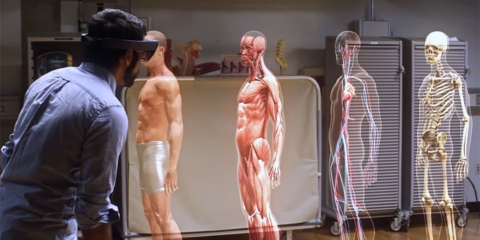Would you like to get notifications from Christian?
Facebook's 'Codec Avatars' are getting so realistic, that they're creeping people out. The avatars, which are powered by advanced machine learning techniques, are generated using a specialized capture rig with 171 cameras. They can then be driven in real-time by a prototype VR headset with five cameras; two internal viewings of each eye and three external viewings of the lower face.
This is important because it shows how far VR technology has come in recent years. The avatars are so realistic that they could potentially be used to replace real people in certain situations, such as business meetings or conferences. This would have a number of benefits, including reducing travel costs and increasing efficiency. It will also make communication in the digital world feel more natural and more human. Of course, nothing beats meeting in the real world, but if the distance is too big or the time is too short, VR avatars could be the next best thing.
This means that we can expect to see more realistic VR avatars in the future. As the technology improves, the avatars will become more and more lifelike, until they are indistinguishable from real people. This has the potential to change the way we communicate and interact with each other in the digital world, as well as how we do business.
It will also have a huge impact on the entertainment industry, with realistic avatars being used in movies, TV shows, and video games. With avatars becoming more and more realistic, it's only a matter of time before they become mainstream. This could potentially revolutionize the way we live and work, making things easier and more convenient for everyone involved.
What do you think? Do you think Facebook's 'Codec Avatars' are getting too realistic? Let us know in the comments below!
Author: Christian Kromme
For Disruptive Inspiration Daily
Christian is a futurist and trendwatcher who speaks about the impact of exponential technologies like AI on organizations, people, and talents. Christian tailors his presentations to your audience's specific industries and needs.

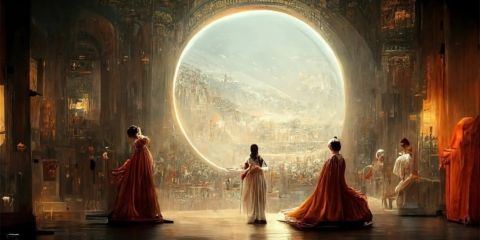
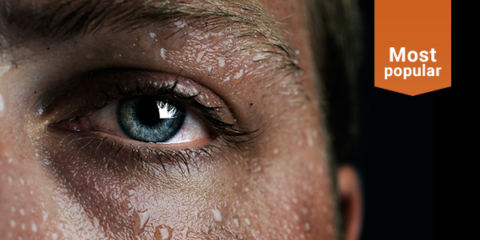
Our world is changing at an exponential rate! A big tidal wave of digital transformation and disruption is coming at us fast. Many organizations see this wave as a threat and experience stress, but there are also organizations that just see this wave as an opportunity.

Imagine sitting with just 10-15 fellow executives at a premier location, gaining clarity on the impact of AI on your industry while enjoying an exquisite dining experience. These are not just meetings—they are transformative moments that will shape the future of your organization
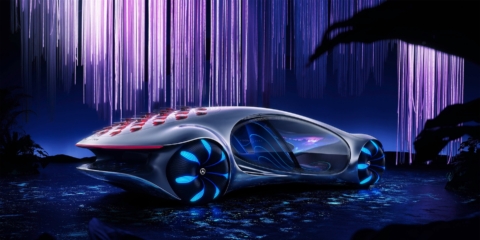

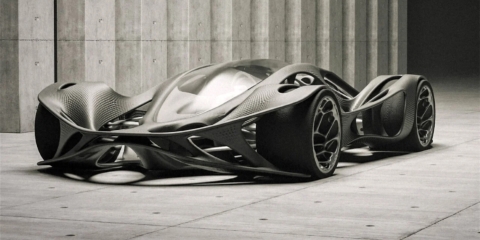
In the future, 3D printing and generative design will allow for products to be designed in a more decentralized manner, and production will take place closer to the customer and fully on-demand. 3D printing technology will also allow for more customization and personalization of products.
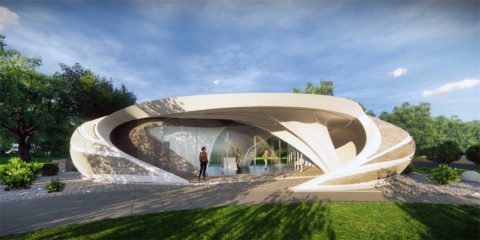
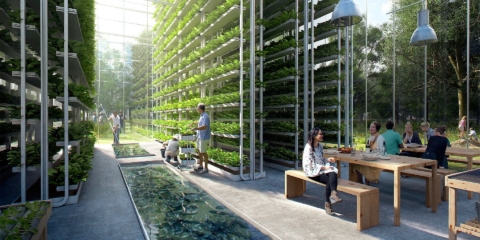
The agricultural industry is ripe for disruption. Robotics, AI, and IoT are all technologies that have the potential to radically transform the way we grow food. In combination with vertical farming, these technologies could increase the efficiency and quality of agricultural products.
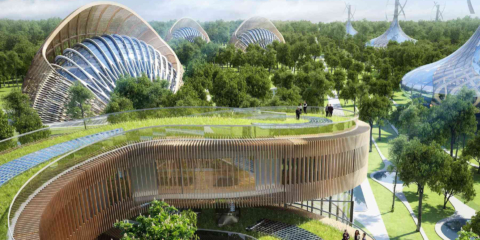
A human-centered society is one that puts people first and where technology is used to unite and empower people. It is a society that values biological life and dignity above all else. It is a society that recognizes the importance of human relationships and works to strengthen them. In a human-centered society, all members of the community are valued and treated with respect.
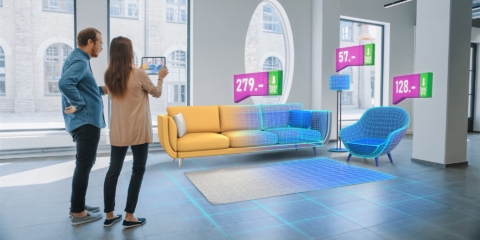
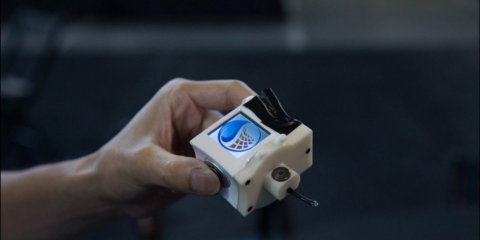
The future of healthcare is here. New technologies like AI, IoT, big data, and smart sensors make it possible to become the CEO of your own health. Imagine that your phone can listen to your voice and AI algorithms can detect small nuances in the tone of your voice that indicate specific diseases.
